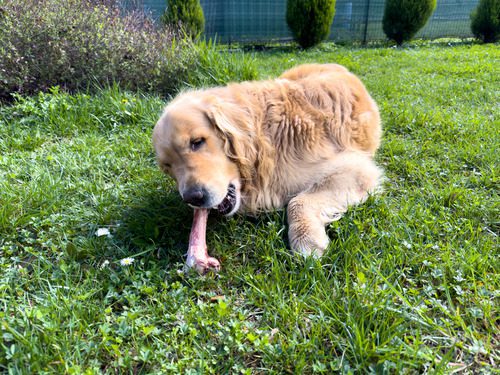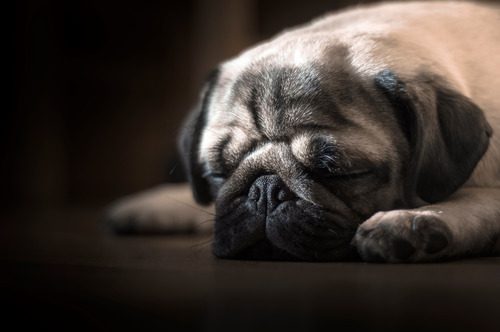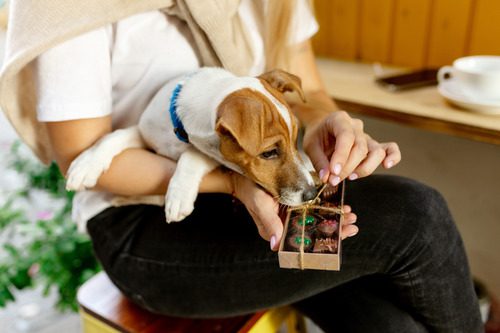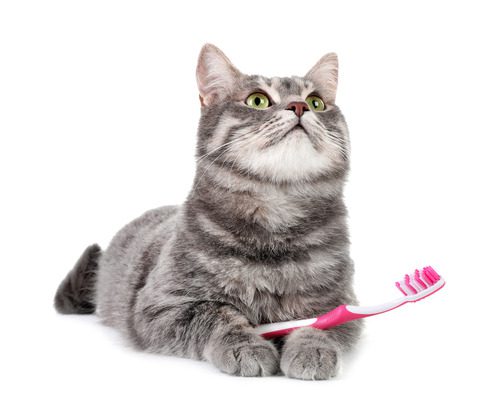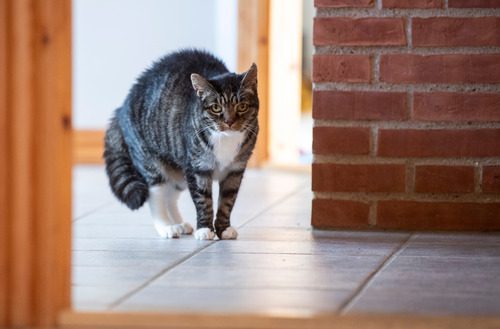How to Prevent Cat Dandruff
As a cat owner, you may have noticed how easy it is for cats to develop a problem with dandruff. But did you know there’s something you can do to help? In most cases, you can make some changes in your cat’s lifestyle and routine to help them combat frequent dandruff issues.
Read through the information in the article below to learn more about dandruff in cats and what you can do to help. From there, you can start making adjustments to improve your cat’s coat and skin health in no time.
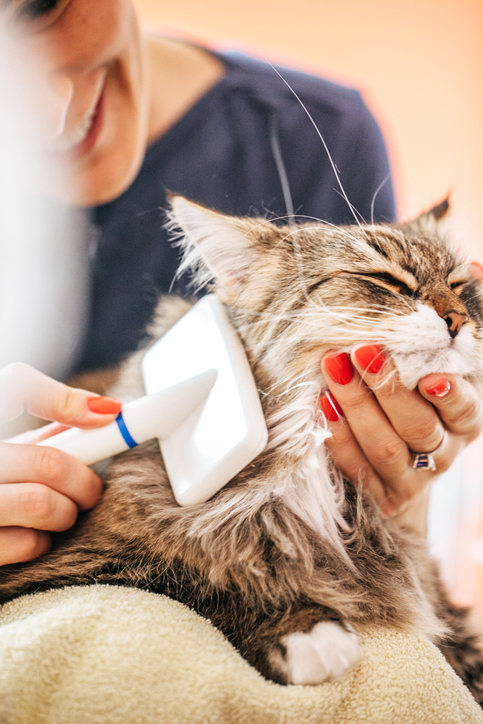
Brush Your Cat Frequently
Brushing is one of the best and easiest methods of combating dandruff in cats. Brush your cat every day for a few minutes per day to loosen any dandruff and remove it from their fur before it gets out of hand.
Brushing also helps improve the quality of their coat and the health of their skin as well. Many cats love brushing, although some may not be able to tolerate it. Experiment with different types of brushes to find the right method for your cat.
Regular Grooming
Some cats, especially those with long or complex coats, may need to be groomed regularly to prevent dandruff from occurring. Regular grooming of cats with these types of coats can also cut down on the number of hairballs your pet has to deal with, so it’s a win-win.
You can often groom your cat at home. However, if they are not willing to let you bathe them, or if they have other difficulties you can’t address yourself, you can always take your cat to a professional groomer or to your veterinarian for a bath.
Flea Prevention
Flea prevention can be given as a topical ointment between your cat’s shoulder blades once a month, or as an oral pill once a month. You may also prefer to use a medicated or all-natural flea collar instead. No matter which option you choose, flea prevention can help reduce dandruff in your cat.
Flea prevention also cuts down on the risk of other health problems associated with fleas. Keep your cat’s coat clean and their skin healthy by protecting them against parasites like fleas.
Food Adjustments
Cats may develop dandruff as a side effect of a food allergy or intolerance. In fact, skin and coat health are very closely linked to food allergies in cats and dogs alike. If you have recently changed your cat’s food and you’ve noticed their dandruff worsening, food allergy could be the culprit.
Change the main source of protein in your cat’s food to see if that makes a difference. You may also want to opt for a higher-quality food with fewer filler ingredients to improve their diet, too.
Climate Affects Cat Dandruff
If you live in a very dry climate, or if it gets dry at certain times of the year, you may notice your cat’s dandruff worsening at these times, too. A dry climate can cause dandruff in both cats and humans, so you can do yourself and your pet both a favor by increasing the humidity in your home by a little bit.
A humidifier is a great way to raise humidity safely. Use a humidifier in the room where you and your cat both sleep at night. Stick to a cool mist humidifier, as a warm mist version may be a burn hazard if your cat happens to knock it over. And always keep your humidifier on a secure shelf or piece of furniture away from your cat.
Keep Up with Vet Visits
Vet visits are an important part of owning a pet. By keeping up with your cat’s regular vet visits, you can ensure better health and a longer life for your feline friend. At those vet visits, your veterinarian will check your cat’s skin and coat health, and you can address any issues that may have recently come up, too.
Whether your cat has an underlying health problem or not, it’s important to take them to their annual checkups and have their shots when they need them. This way, your cat’s overall health and wellness will be better, and they will be less likely to have secondary problems like dandruff.
You Can Help Your Cat’s Dandruff
With the help of this guide, you should have a better idea of how to help your cat deal with dandruff. Although it may be impossible to completely prevent dandruff from ever occurring in your cat, you can take several steps that may improve their skin and coat condition as well.
If you believe there’s a chance your cat’s dandruff is caused by an underlying health problem, talk to your Heart + Paw vet for more information. Although uncommon, it is possible for feline dandruff to be caused by health issues in some situations. Only your vet can tell you for sure if this is what’s going on with your pet.
Use the online form to book an appointment at any of our Heart + Paw locations!
Recent Posts
Can Dogs Eat Ham?
Ham is a popular meat found on many dinner tables, especially during the holidays. As a dog…
8 Signs and Symptoms of Diabetes in Dogs
Caring for a dog means being tuned in to the subtle changes that can reveal their overall…
Why Dogs Can’t Eat Chocolate and Tips for Keeping This Sweet Treat Out of Their Reach
Chocolate is a beloved indulgence for us, but for our dogs, it’s a hidden danger that can…
Why Cat Teeth Cleaning is Important For Your Pet’s Health
As a cat owner, you know how important it is to care for your feline friend’s overall…
Cat Body Language: A Guide To Understand What Your Cat is Telling You
Imagine trying to communicate without words, relying solely on subtle gestures, glances, and movements. This is how…
About Us
Heart + Paw was founded in 2018 by Chief Veterinary Officer Dr. George Melillo, who currently serves the Mid-Atlantic area. Heart + Paw offers a combination of veterinary care, pet grooming, and dog daycare to help be a resource in your pet parenthood journey.
We'd Love to Meet Your Four-Legged Friends
Find out how the friendly veterinary team at your local Heart + Paw can help your pets live longer, healthier lives by searching for a location near you.

